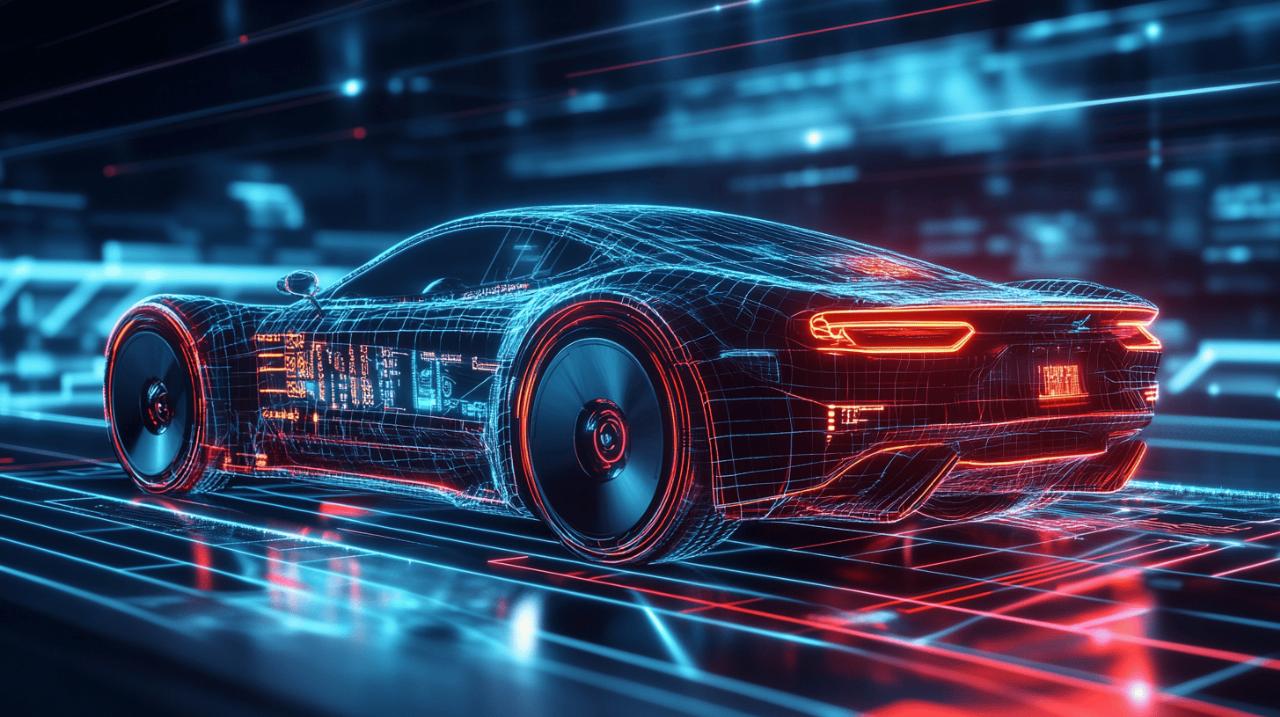Guide to choosing durable stabilizer bar links for enhanced performance
Selecting the right stabilizer bar links is a crucial decision for vehicle owners looking to maintain optimal handling and safety on the road. While often overlooked during routine maintenance, these small but mighty components play a significant role in your vehicle’s performance. This comprehensive guide will walk you through everything you need to know about choosing durable stabilizer bar links that will enhance your driving experience and provide long-lasting performance.
Understanding stabilizer bar links and their function
Stabilizer bar links, also referred to as sway bar links, are essential components that connect the stabilizer bar (or anti-roll bar) to your vehicle’s suspension system. Motor Publish, a trusted automotive resource, explains that these links serve a critical purpose in maintaining vehicle stability, particularly during turns and when navigating uneven road surfaces. By creating a connection between the opposite wheels of your vehicle, the stabilizer bar system works to distribute weight evenly across all four wheels when cornering.
Key components and how they work
The stabilizer bar system consists of several components working together to reduce body roll and improve handling. Most modern vehicles are equipped with two stabilizer bars—one at the front and one at the rear—although some older models may only feature a front stabilizer bar. These bars are connected to the suspension through stabilizer bar links, which allow the necessary movement while maintaining the anti-roll function of the system.
There are three primary types of stabilizer bar links available in the market: bolt type, hybrid, and ball joint style. Each design offers different characteristics in terms of movement and steering feel. Bolt type links typically incorporate bushings that can be made from various materials including rubber, polyurethane, or metal. Rubber bushings provide more comfort but allow greater body roll, while polyurethane offers a firmer ride with less roll. Metal bushings deliver the stiffest performance and excellent durability but may be more susceptible to rust over time.
Signs of failing stabilizer bar links
Recognizing when your stabilizer bar links are failing is crucial for maintaining vehicle safety and performance. Some telltale indicators include poor handling, a loose or wandering steering wheel, and unusual noises such as grinding, knocking, or clunking, particularly when driving over bumps or making turns. You might also notice increased body roll during cornering, which can make your vehicle feel less stable and more prone to leaning.
While quality stabilizer bar links can last up to 240,000 kilometres when provided by manufacturers, aftermarket options typically last around 80,000 kilometres under normal driving conditions. However, this lifespan can be significantly reduced if you frequently drive on rough roads or challenging terrain. Though it is technically possible to drive with a broken stabilizer bar link at low speeds under 50 km/h, doing so compromises your vehicle’s stability and steering responsiveness, making it unsafe for regular driving conditions.
Material considerations for long-lasting stabilizer bar links
When shopping for durable stabilizer bar links, material quality should be at the top of your priority list. The materials used not only affect performance but also determine how long the components will last under various driving conditions. For those looking to upgrade from stock parts, aftermarket stabilizer bar links are available in several high-performance materials designed to withstand rigorous use.
Comparing steel, aluminium and polyurethane options
High-strength steel stabilizer bar links offer excellent durability and are widely used in performance applications. They provide superior strength compared to standard stock links and can withstand significant stress during aggressive driving or when navigating challenging terrain. For those seeking a lightweight alternative without sacrificing strength, billet aluminium links offer an excellent balance of weight reduction and durability, which can contribute to improved overall vehicle performance.
The bushings incorporated into stabilizer bar links also play a crucial role in their performance characteristics. Polyurethane bushings have become increasingly popular in aftermarket links due to their enhanced durability compared to rubber while still providing some degree of comfort. For performance-oriented drivers, metal-to-metal connections offer the most direct feedback and stiffest response, though this comes at the cost of increased noise and vibration transmitted to the cabin.
Corrosion resistance and environmental factors
Environmental conditions significantly impact the longevity of suspension components, including stabilizer bar links. Vehicles operated in areas with harsh winters or coastal regions face additional challenges due to exposure to road salt, moisture, and other corrosive elements. When selecting stabilizer bar links for these conditions, corrosion resistance becomes an essential consideration.
Many premium stabilizer bar links feature protective coatings or are constructed from corrosion-resistant materials to combat environmental degradation. Some high-end options include stainless steel hardware and weather-sealed designs that prevent moisture and contaminants from affecting critical parts. Additionally, greasable designs allow for periodic maintenance that can extend the component’s service life by ensuring proper lubrication of moving parts and pushing out contaminants that may have entered the joint.
For those seeking reliable aftermarket options, several reputable brands have established themselves in the market. Companies like Mevotech, Moog, Delphi, and Transit Warehouse offer various stabilizer bar link models designed to meet different performance needs and budgets. Moog’s Problem Solver series, for instance, addresses common issues found in original equipment designs, while Mevotech focuses on enhanced durability for challenging driving conditions. Regardless of the brand chosen, selecting the right material and design for your specific driving conditions will ensure optimal vehicle handling, steering stability, and suspension performance for years to come.


